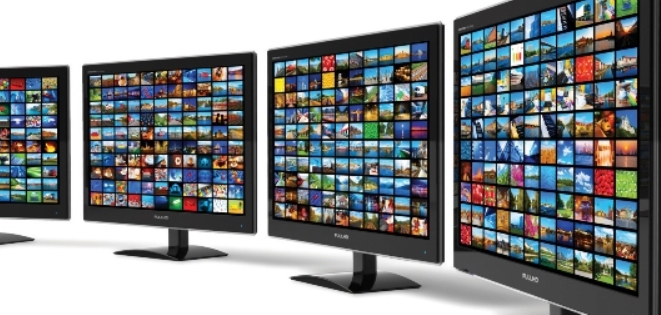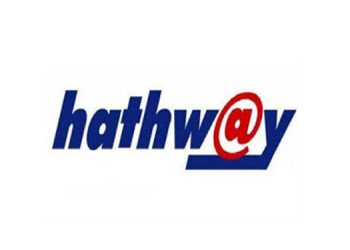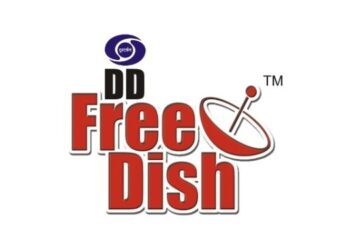Mumbai : Digitization of Cable TV in India has opened up new revenue streams for Ericsson, said Gordon Castle, vice president and head of industry area Mediacom.
Indian cable operators are seeking billing systems, control mechanisms and creating an Internet-based backbone for their delivery networks, as consumers seek more on demand content and operators want customer interactivity that traditional satellite TV cannot offer, he said.
As such the Indian market, just for content delivery, is estimated at $400 million in addition to the new revenue streams. Ericsson hopes to garner around 15% of that, Castle said.
“The solutions for telecom operators already exist, which are far more complicated and accurate. So if a cable operator needs a daily billing system, it is easier for us to deliver,” he said.
The increased usage of television over Internet channels is not affecting television consumption, it is adding to that, Castle said, commenting on increased video viewing and content consumption on the mobile.
“In some parts of the world we are seeing some flattening (in revenue growth) on TV side, but consumption (in absolute terms) is getting higher,” Castle said. He added that mobile viewing was more prominent in live events such as sports matches or news, which people would earlier have missed completely.
Castle estimates that nearly 50% of the traffic on mobile networks will be media consumption by 2018. At the moment, value-added-services, including Internet connectivity, accounts for about 20% of India telecom operators’ revenue.
Ericsson, that is an outsourcing partner to several Indian telecom operators for network management, says the most efficient means to deliver content is to process it beforehand. The company is working with partners on what it calls content delivery networks that stream videos depending on the speed available to the mobile handset and cache more popular videos in multiple locations so as to reach a customer faster.
This means that a customer accessing a certain video on YouTube will have varying resolution depending on whether he is getting 2G or 3G coverage, and the video is retrieved from a base station near the device rather than being routed to the original server where the video was first hosted.
This, Castle said, would be an efficient way to keep networks decongested and consumers happy.
















